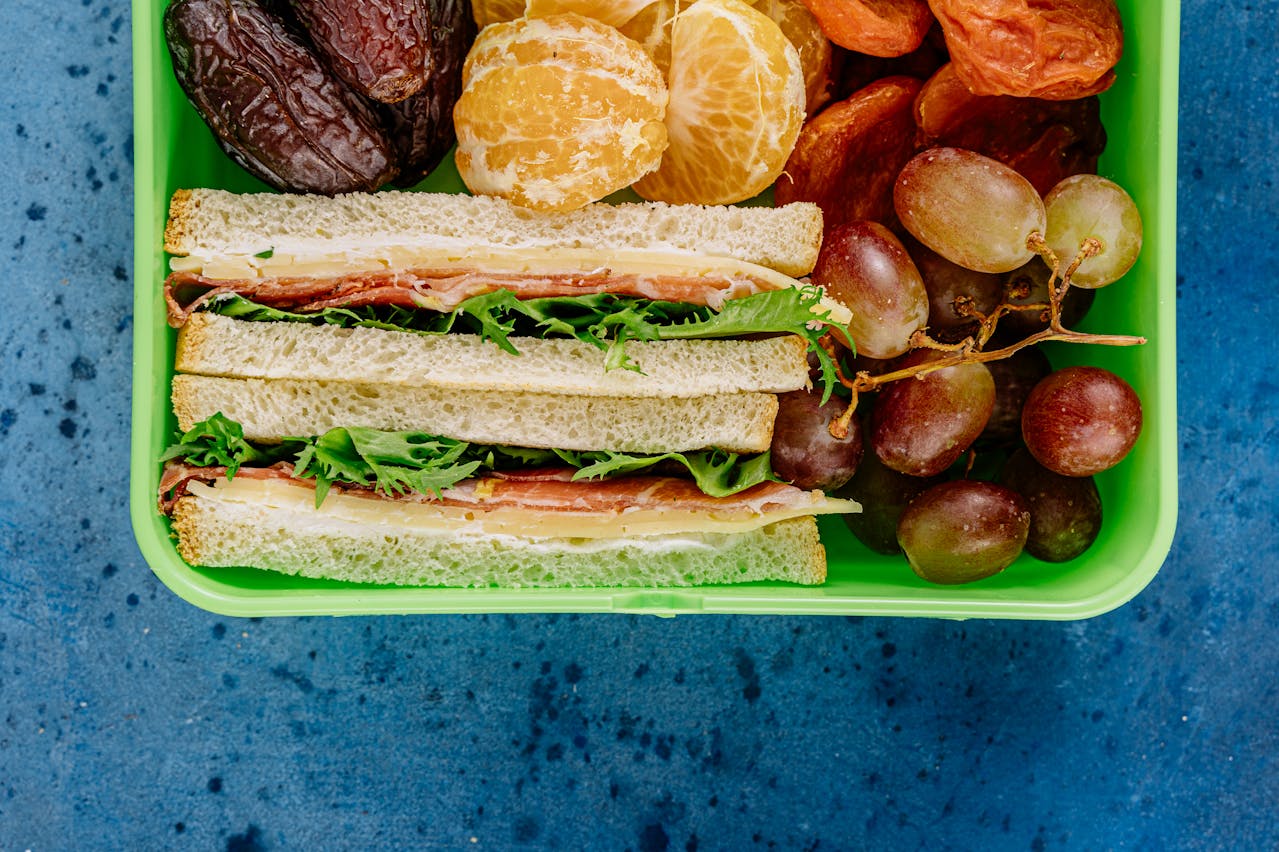
Every kitchen has its essentials. You use them every day, often without a second thought. But not every kitchen item is as safe as it looks. Some products, even those you see in most homes, have failed consumer safety tests. These failures can lead to injuries, health risks, or even fires. Knowing which items are risky helps you make better choices for your home and family. Here are ten common kitchen items that often fail consumer safety tests—and what you can do about them.
1. Nonstick Cookware
Nonstick pans are everywhere. They make cooking and cleaning easy. But many nonstick coatings, especially older ones, can release toxic fumes when overheated. These fumes can cause flu-like symptoms in people and can be deadly to birds. Some nonstick coatings also contain chemicals like PFOA, which have been linked to health problems. If your nonstick pan is scratched or peeling, it’s time to replace it. Choose pans labeled as PFOA-free or switch to stainless steel or cast iron for safer cooking.
2. Plastic Food Storage Containers
Plastic containers are cheap and convenient. But not all plastics are safe for food. Some can leach chemicals like BPA or phthalates into your food, especially when heated in the microwave. These chemicals have been linked to hormone disruption and other health issues. Look for containers labeled BPA-free, and avoid microwaving plastic. Glass containers are a safer option for storing and reheating food.
3. Electric Pressure Cookers
Pressure cookers save time, but they can be dangerous if they fail. Some models have faulty seals or lids that can explode under pressure, causing burns or injuries. There have been recalls for certain brands due to these risks. Always follow the manufacturer’s instructions, check for recalls, and never force open a pressure cooker. Make sure the safety valves and seals are in good condition before each use.
4. Cheap Kitchen Knives
A dull or poorly made knife is more dangerous than a sharp, quality one. Cheap knives often fail safety tests because they break, bend, or slip easily. This can lead to cuts or worse. Invest in a good-quality knife and keep it sharp. Use a proper cutting board and store knives safely. A sharp, sturdy knife is safer and makes cooking easier.
5. Mandoline Slicers
Mandoline slicers make quick work of slicing vegetables, but they’re notorious for causing injuries. Many models lack proper safety guards or have blades that are too exposed. This leads to deep cuts and trips to the ER. Always use the hand guard that comes with the slicer, and never rush. If your mandoline doesn’t have a guard, consider getting a safer model.
6. Toasters
Toasters seem simple, but they can be a fire hazard. Some fail safety tests because of faulty wiring or poor construction. Crumbs can build up and catch fire, or the toaster can overheat. Always unplug your toaster when not in use, and clean out crumbs regularly. If your toaster smells odd or heats unevenly, it’s time for a new one.
7. Immersion Blenders
Immersion blenders are handy, but some models have blades that detach during use. This can send sharp pieces flying or cause the motor to overheat. Always check that the blade is locked in place before using. Don’t use the blender for tasks it’s not designed for, like crushing ice. If the attachment feels loose, stop and fix it before continuing.
8. Aluminum Foil
Aluminum foil is a kitchen staple, but it’s not always safe. Using foil with acidic foods like tomatoes can cause aluminum to leach into your meal. High levels of aluminum have been linked to health concerns, though the risk is still debated. Avoid using foil with acidic foods, and don’t use it to line the bottom of ovens, as it can cause overheating or fires.
9. Reusable Water Bottles
Reusable bottles are suitable for the environment, but some fail safety tests for bacteria buildup or leaching chemicals. Bottles with hard-to-clean lids or straws can harbor mold and germs. Wash your bottle daily, and choose one made from stainless steel or BPA-free plastic. If your bottle smells or tastes odd, it’s time to replace it.
10. Cheap Extension Cords
Many people use extension cords in the kitchen for appliances. Cheap or uncertified cords can overheat, melt, or cause electrical fires. Only use cords rated for kitchen appliances, and never overload them. Replace any cord that feels hot or looks damaged. Keep cords away from water and heat sources.
Rethinking Kitchen Safety: Small Changes, Big Impact
Kitchen safety isn’t just about avoiding burns or cuts. It’s about knowing which products are safe and which ones put you at risk. Many everyday kitchen items fail consumer safety tests, but you can protect yourself by staying informed and making small changes. Replace risky items, follow safety instructions, and check for recalls. Your kitchen should be a place where you feel safe, not worried about hidden dangers.
What kitchen item surprised you most on this list? Share your thoughts or experiences in the comments below.
Read More
5 Secrets to Using Your Kitchen More and Eating Out Less
10 Reasons Why Aldis is the Best Grocery Store Ever
The post 10 Common Kitchen Items That Fail Consumer Safety Tests appeared first on Grocery Coupon Guide.







